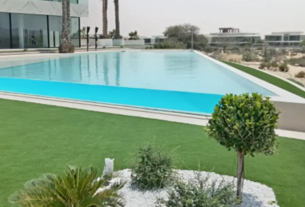Dredging maintenance helps to ensure the longevity and efficiency of dredging equipment and operations. Proper dredge maintenance practices help prevent equipment failures, reduce downtime, and extend the service life of dredging machinery. Explore here the best practices for effective dredging maintenance:
Regular inspections and monitoring:
Routine inspections are essential to identify wear and issues before they become major problems. Regularly inspect key components such as pumps, dredging buckets, and hydraulic systems for signs of damage or wear. Monitoring systems, including sensors and gauges, should be used to track performance metrics such as pressure, flow rate, and temperature. Early detection of anomalies can prevent equipment failure and costly repairs.
Scheduled maintenance:
Implementing a scheduled maintenance plan helps ensure that all equipment receives timely attention. This includes routine tasks such as lubrication, tightening of bolts, and replacement of worn parts. Follow the manufacturer’s recommendations for maintenance intervals and procedures. Scheduled maintenance should be documented and reviewed regularly to ensure that all tasks are completed as required.
Lubrication and fluid management:
Proper lubrication of moving parts is important for reducing friction and preventing wear. Use the recommended lubricants for each component and follow guidelines for frequency and quantity. In addition, regularly check and replace hydraulic fluids, gear oils, and other essential fluids to maintain optimal performance and prevent contamination.
Cleaning and debris removal:
Regular cleaning of equipment helps prevent the buildup of sediment, debris, and corrosive materials. After each dredging operation, remove sediment from the dredging equipment, including pumps, pipes, and buckets. Clean filters and screens to prevent blockages and ensure efficient operation. Regular cleaning also helps to identify any issues that might be masked by debris.
Component inspection and replacement:
Regularly inspect key components such as impellers, seals, bearings, and hoses for signs of wear or damage. Replace worn or damaged parts quickly to avoid more extensive damage and downtime. Keep an inventory of commonly replaced parts to ensure quick access and reduce repair times.
Training and operator awareness:
Ensure that all operators are well-trained in the proper use and maintenance of dredging equipment. Training should cover operational procedures, maintenance tasks, and troubleshooting techniques. Well-trained operators are better equipped to identify and address issues early, contributing to more effective maintenance.



